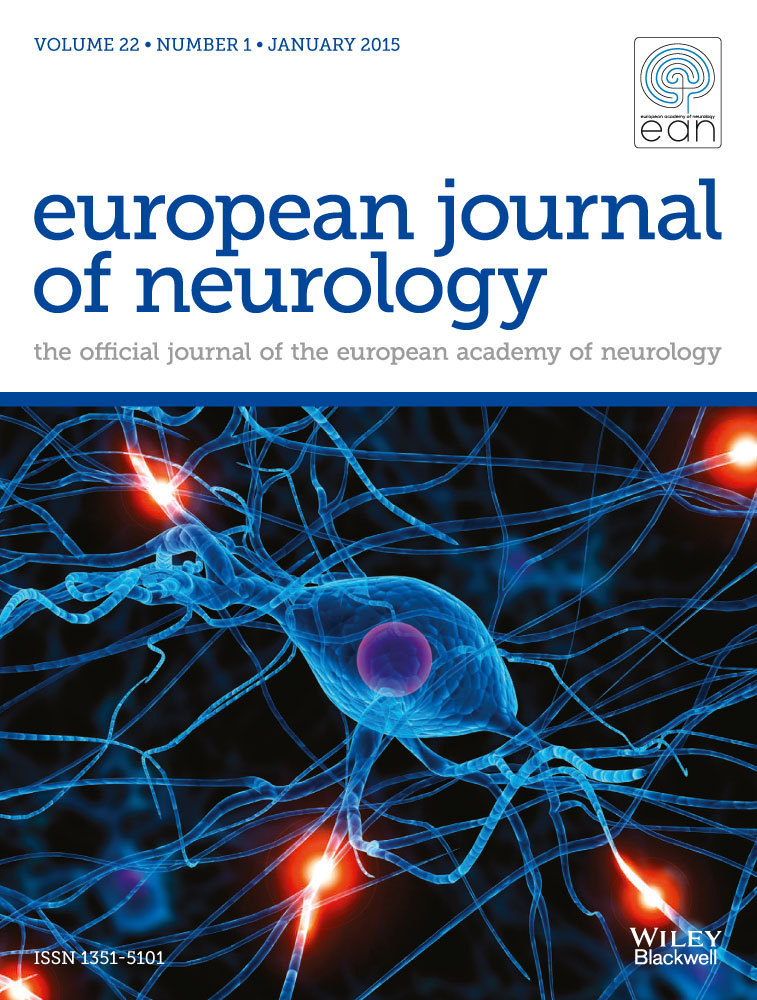Hereditary spastic paraplegias: When to expect bladder dysfunction a genetic and urodynamic study
Abstract
Background
The aim of this study was to characterize hereditary spastic paraplegias (HSP) patients' urodynamic profiles and development of bladder symptoms.
Methods
This is a multicentric retrospective study which included patients presenting with bladder disorders. We reviewed medical and urodynamic records in individuals with HSP and recorded age at onset of gait and bladder disorders, disability stage at the time of urodynamic assessment.
Results
We included 122 participants. They were mostly men (n = 74) with a median age at interview of 54.6 ± 13.0 [25–76] years. The underlying genetic cause was identified in 70% of participants, with 54 heterozygous mutations in SPAST, followed by 7 SPG11 and 6 SPG7. The age at onset of motor disorder was significantly younger than for the beginning of bladder dysfunction (49.3 vs. 29.7 years-old, p < 0.001). Detrusor overactivity was present in most participants (72.1%), followed by detrusor-sphincter-dyssynergia (65.3%). Similar proportions were present in the SPAST group as well as the non-SPAST group. The SPAST group developed urinary symptoms later than the non-SPAST group as compared to the age at onset of spasticity (53.8 ± 11.3 and 44.1 ± 13.2 for the SPAST group vs. 44.1 ± 13.2 and 25.5 ± 17.3 for the non-SPAST group).
Conclusion
We have shown that the most common urodynamic pattern in HSP is detrusor overactivity associated with detrusor-sphincter dyssynergia, as would be expected for upper motor neuron lesions. We assessed the temporal window of onset, showing that urinary disorders are secondary to spastic gait in HSP and particularly frequent when walking capability deteriorates.


 求助内容:
求助内容: 应助结果提醒方式:
应助结果提醒方式:


